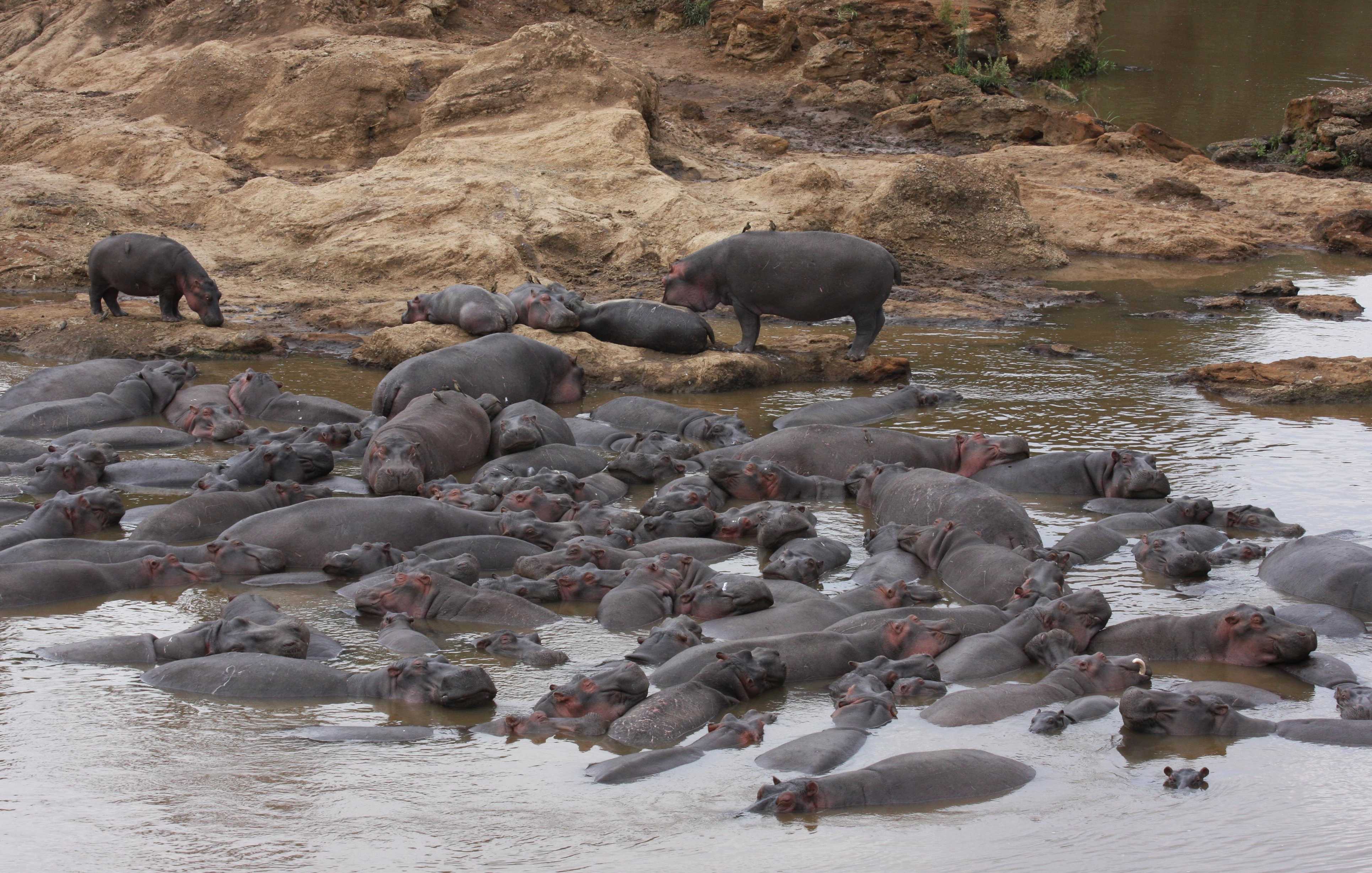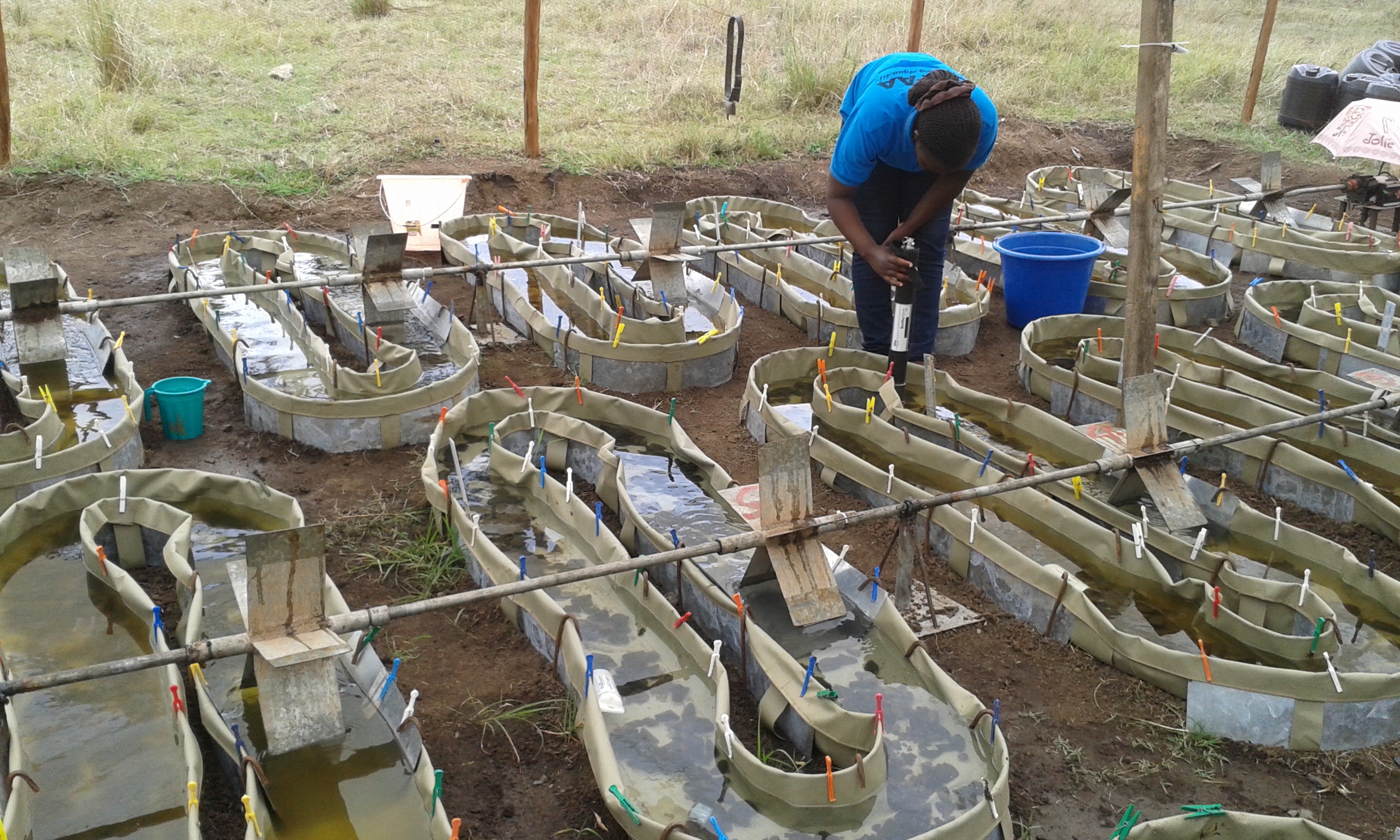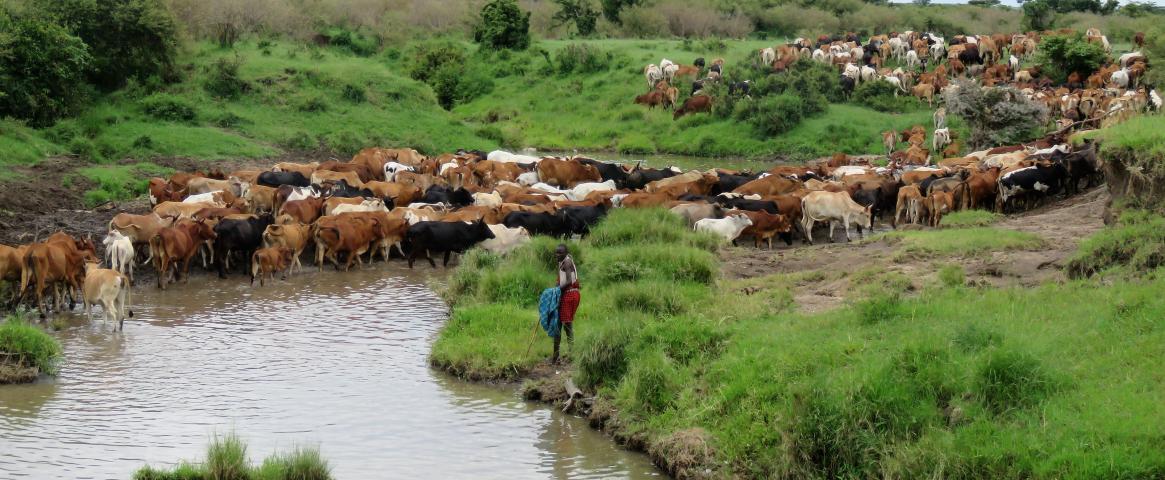By Patrick Farrar
Kenya’s Mara River and the sprawling savannahs surrounding it are some of the last remaining refuges where giant grazing beasts like hippopotamuses still reign, but even there, livestock are increasingly displacing these native animals.

In a recent study, an international team of researchers identified one way that hippos and cattle could have different effects on the Mara River ecosystem: their poop.
Using lab analyses and an experiment involving artificial streams, they found that cow dung contains more nutrients like nitrogen and phosphorus and stimulates more algal and microbial growth in water than hippo dung.
As more cattle poop into the Mara, these changes in nutrients and growth could upset the river’s food web. Fish and other aquatic animals can be sensitive to changing nutrient levels, helping some and harming others, said Keenan Stears, an ecologist at the University of California, Santa Barbara.
“We have realized that if we replace the hippos with cattle, the system will change in fundamental ways. It can’t be a good thing,” said Frank Masese, lead author and lecturer in the Department of Fisheries and Aquatic Science at the University of Eldoret in Kenya.
Hippos play a unique and prominent role in the Mara River. Previous studies have shown that the 4,000-or-so hippos in the Maasai Mara National Reserve spend about half of their time foraging in the savannahs and the other half resting in the river — where they poop. A lot. Their dung brings nutrients from land to water, connecting the two and helping shape the community of life in the river over centuries.
But this study notes that cattle are increasingly joining these gray giants. Over 250,000 cattle graze on lands around the reserve, and as they congregate at watering points of the river, they poop there.
The researchers set out to determine the chemicals present in both types of dung. After shipping packages of poop from Kenya to Germany, they analyzed the excrement in a lab at Berlin’s Leibniz Institute for Zoo and Wildlife Research. They were surprised to find that cattle dung had significantly more nutrients like nitrogen and phosphorus.
Back in Kenya, researchers plopped the two types of poop into artificial streams to see how they behaved in water. About 14 feet long and six inches wide, the canvas streams circulated river water with motorized paddles.
In the experiment, they found that higher proportions of cattle poop were linked with more algal and microbial growth. They also noted that hippo poop sinks in water, settling on the bottom quickly.

In contrast, cow poop breaks apart, floating like the flakes in a shaken snow globe. The researchers said they believe this property made the nutrients more accessible for algae and microbes, fueling their growth. It also may help cow poop to spread farther downstream in the river, making its effects more widespread and diffuse.
The next step will be to determine if cow dung is having an observable, measurable effect in the real Mara, which will be challenging. Rivers are complex systems, so establishing the relationship between one input and one outcome is difficult, said Stears.
One effect of the new poop may be that the types and quantity of species in the river changes, but the level of diversity could remain the same or even increase. “Just because [the community is] slightly different doesn’t necessarily mean it’s going to be bad,” Stears said.

However, Masese issues a warning.
“We are not really going to replace one species with another and expect the same outcomes,” said Masese. “I think the biggest takeaway is that people need to be more careful about the introduction of new species and the ecological effects that they’re likely to have.”
Pat Farrar is a recent University of Florida graduate in biology. He writes about ecological and environmental issues, including current and pending pieces for the Florida Museum of Natural History Research News site, the UF School of Natural Resources and Environment blog, UF Biology news, and a Florida water quality nonprofit called Current Problems. His blog about vertebrate biodiversity and conservation, Spines, will go live soon. Reach him at farrarpatrick@gmail.com.
This story was produced as part of NASW's David Perlman Summer Mentoring Program, which was launched in 2020 by our Education Committee. Farrar was mentored by Becky Bach.



